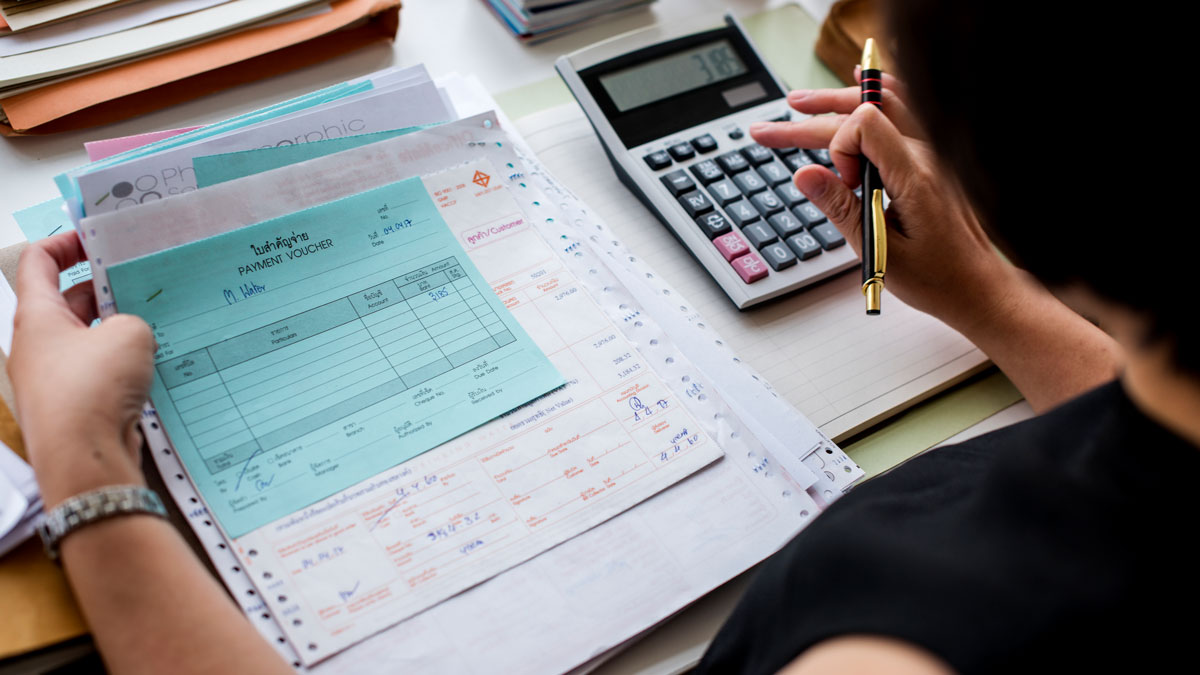A balance sheet is a crucial financial statement that provides insight into a company’s financial health at a specific point in time. Understanding how to read a balance sheet like a pro is essential for investors, business owners, and financial professionals alike. It offers a snapshot of a company’s assets, liabilities, and shareholders’ equity, and analyzing these components can provide valuable insights into the business’s stability, performance, and potential for growth.
In this article, we’ll break down the essential elements of a balance sheet and give you the tools you need to interpret it effectively.
Understanding the Balance Sheet Structure
A balance sheet is divided into three key sections: Assets, Liabilities, and Shareholders’ Equity. The fundamental accounting equation underlying the balance sheet is:
Assets = Liabilities + Shareholders’ Equity
This equation must always balance because the company’s assets are financed either by borrowing (liabilities) or by the owners’ investments (equity). Let’s explore each component in more detail.
1. Assets
Assets are what the company owns and uses to generate revenue. They are typically categorized into two types:
Current Assets
These are assets that are expected to be converted into cash or used up within one year. Common current assets include:
- Cash and Cash Equivalents: The money the company has on hand or in its bank accounts.
- Accounts Receivable: Money owed to the company by customers.
- Inventory: Goods available for sale or materials for production.
Non-Current Assets
Non-current assets are long-term investments that are not expected to be converted into cash within one year. They are vital for sustaining the company’s operations in the long term and include:
- Property, Plant, and Equipment (PP&E): Physical assets like land, buildings, and machinery.
- Intangible Assets: Non-physical assets such as trademarks, patents, or goodwill.
- Investments: Long-term investments in other businesses or securities.
By analyzing the total value of assets, you can assess how much value a company holds in terms of tangible and intangible items, which contribute to its ability to generate future profits.
2. Liabilities
Liabilities represent what the company owes to others. Like assets, they are divided into two categories:
Current Liabilities
These are short-term obligations due within one year. Common current liabilities include:
- Accounts Payable: Money the company owes to suppliers and creditors.
- Short-Term Debt: Loans or credit lines due within the next year.
- Accrued Expenses: Expenses like wages or taxes that the company must pay in the short term.
Non-Current Liabilities
Non-current liabilities are long-term obligations that are due beyond one year. They typically include:
- Long-Term Debt: Loans or bonds that the company must repay over a period longer than a year.
- Pension Liabilities: Future payments owed to employees for retirement benefits.
The liabilities section helps you assess the company’s obligations and how much debt it carries. Analyzing liabilities is crucial for understanding the risk a company faces in terms of repaying its debts.
3. Shareholders’ Equity
Shareholders’ equity represents the owners’ share in the company after all liabilities are subtracted from assets. This section indicates the net worth of the business and is a measure of its financial health. The major components of equity include:
- Common Stock: The capital raised from issuing shares.
- Retained Earnings: The cumulative profits that the company has reinvested in the business, rather than distributing to shareholders as dividends.
- Additional Paid-In Capital: Funds received from investors in excess of the par value of stock.
Shareholders’ equity is an essential indicator of the company’s long-term value. A positive equity balance suggests that the company has enough assets to cover its liabilities and still provide value to shareholders. Negative equity could signal financial distress or insolvency.
Key Ratios to Analyze the Balance Sheet
To understand the financial health of a company better, financial professionals often use specific ratios derived from the balance sheet. Here are some of the key ratios:
Debt-to-Equity Ratio
This ratio measures the proportion of debt a company uses to finance its assets compared to its shareholders’ equity. A high ratio might indicate that a company is overly reliant on debt.
Debt-to-Equity Ratio = Total Liabilities / Shareholders’ Equity
Current Ratio
The current ratio evaluates a company’s ability to pay its short-term liabilities with its short-term assets. A ratio above 1 indicates that the company has more assets than liabilities in the short term.
Current Ratio = Current Assets / Current Liabilities
Return on Assets (ROA)
This ratio measures how efficiently a company uses its assets to generate profit. A higher ROA indicates more efficient use of assets.
ROA = Net Income / Total Assets
Conclusion
Reading a balance sheet effectively requires understanding the relationship between assets, liabilities, and shareholders’ equity. By breaking down the various components and using key financial ratios, you can gain valuable insights into a company’s financial health and make informed decisions.
For those new to financial analysis, it’s important to start by understanding the basic structure of the balance sheet and then progress to more complex evaluations like ratios and trends over time. With practice, you’ll be able to read a balance sheet like a pro, making you a more informed investor or business owner.





